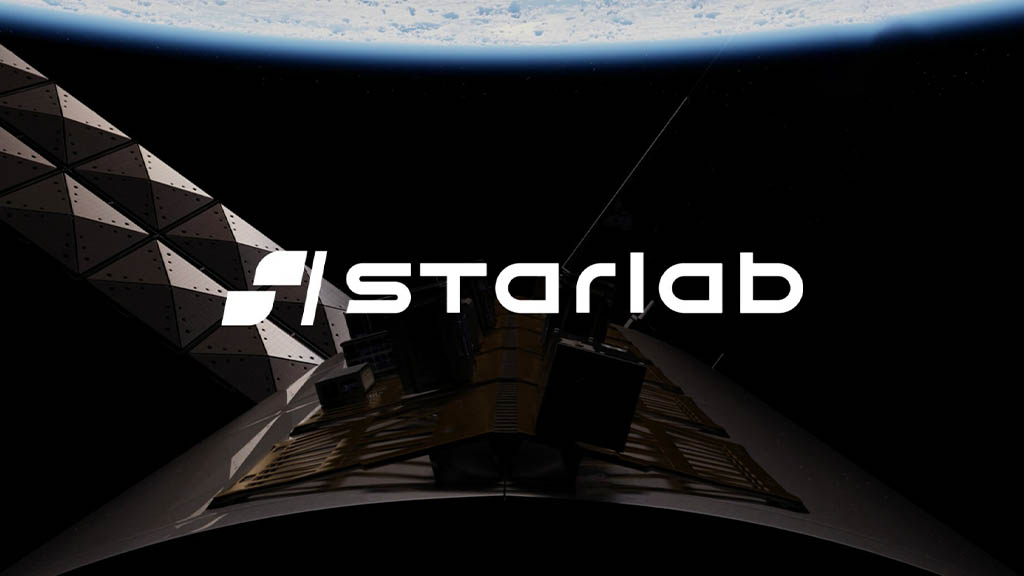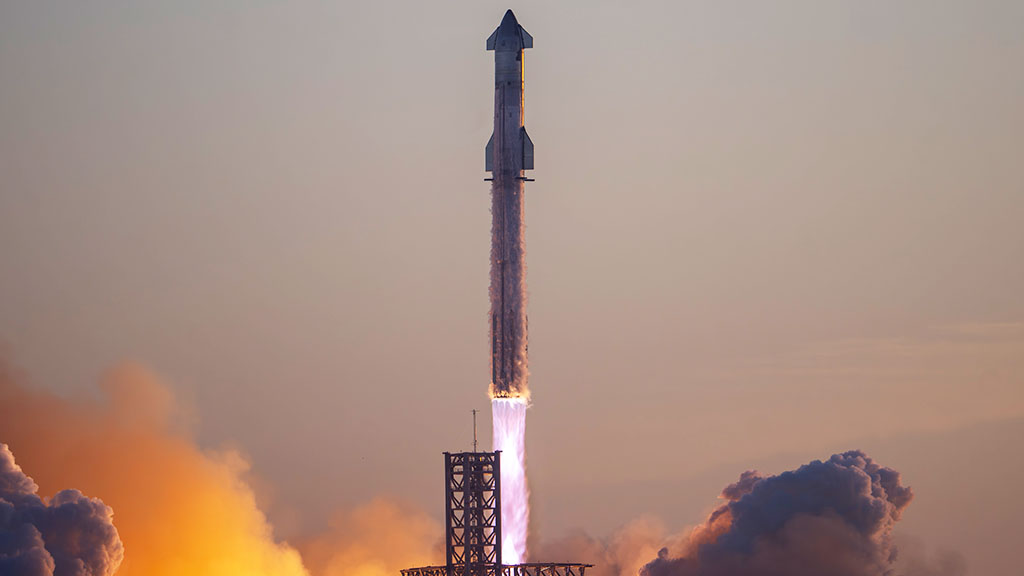SpaceX
SpaceX Starship to send an entire Starlab space station into orbit

Voyager Space and Airbus joint venture Starlab has selected SpaceX to launch its space station into low-Earth orbit using the massive Starship space vehicle.
This is a big contract for the underdeveloped Starship which is testing in-orbital flight maneuvers. It also comes at a time when NASA is set to retire the International Space Station (ISS) in 2030.
The mission will send everything into one shot.
“SpaceX’s history of success and reliability led our team to select Starship to orbit Starlab,” said Dylan Taylor, Chairman and CEO, of Voyager Space. “SpaceX is the unmatched leader for high-cadence launches and we are proud Starlab will be launched to orbit in a single flight by Starship.”

Starlab Space Station (image – Starlab)
Starlab modules are designed to be about 26 feet in diameter or around twice the diameter of ISS modules. This could reduce the number of required launches to one mission.
Starlab could host a crew of 4 people and aims to serve as the commercial platform for space agencies, researchers, and companies
SpaceX’s Starship is a two-stage launch vehicle and it consists of a super heavy booster to uplift the vehicle into orbit and the second stage which carries the payload. Starship has a payload capacity of 100-150 tones fully reusable and 250 metric tonnes expendable.

SpaceX integrated Starship flight lifting off from Starbase in Texas
“Starlab’s single-launch solution continues to demonstrate not only what is possible, but how the future of commercial space is happening now,” said Tom Ochinero, Senior Vice President of Commercial Business at SpaceX.
Last year, Starship launched two test flights and completed successful liftoff as well as hot staging. The third flight could launch in February and waiting for FAA approval to conduct the test.
Starlab has not shared a specific date for this mission but the company could send its space station into orbit around 2028.
(Source – Voyager)
